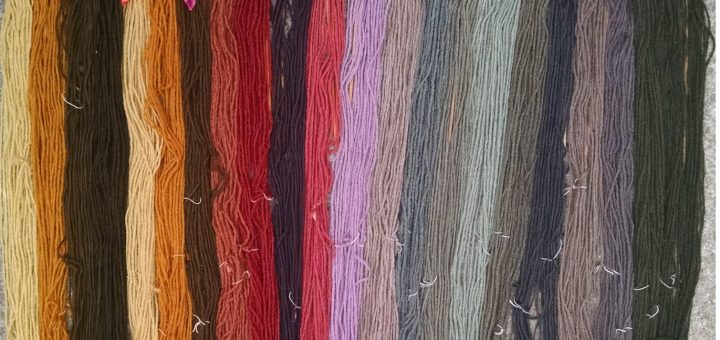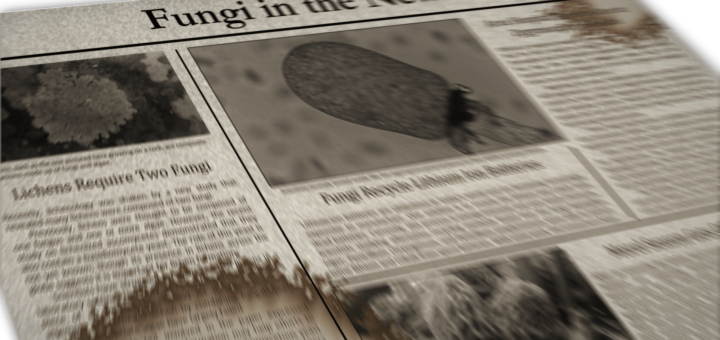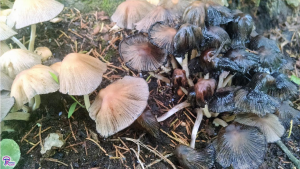#159: Dyeing with Mushrooms
Natural dyes come from many sources: plants, animals, and even fungi. Historically, lichens were used to achieve certain colors, including purples and reds. Techniques for lichen dying have been around for thousands of years. Surprisingly, using mushrooms to dye fibers was first developed in 1972! The procedure for mushroom dyeing was developed by Miriam C. Rice, who I have previously mentioned as the inventor of mushroom papermaking (FFF#084). The procedure for mushroom dyeing is pretty much the same as when using other natural dyes: treat the fibers with a mordant, cook the fibers with the dye, and rinse the fibers.









![#011: Characteristics of Kingdom Fungi [Archived]](https://www.fungusfactfriday.com/wp-content/themes/hueman/assets/front/img/thumb-small-empty.png)

